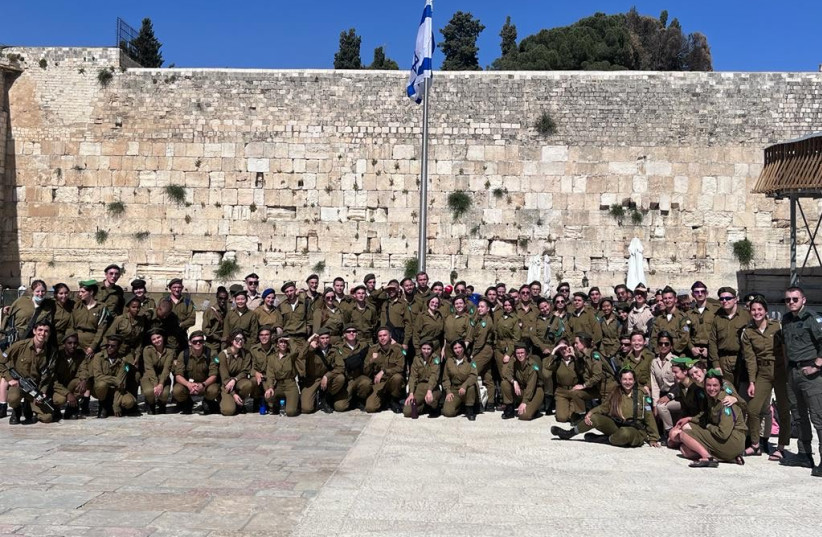The Conservative movement is suspending its Israel gap year program for high school graduates, months after narrowly averting a closure for this year with an urgent fundraising appeal.
The program, called Nativ, is run by the United Synagogue of Conservative Judaism, the movement’s congregational arm. Over more than four decades, Nativ has historically attracted high school graduates who are affiliated with Conservative synagogues, schools, or camps, or who are seeking a program that is gender-egalitarian as well as kosher and Shabbat-observant.
In the past, Nativ has enrolled upwards of 80 students. But in recent years, the program has shrunk substantially and this year enrolls fewer than 20 teens, all housed at the movement’s Fuchsberg Center for Conservative Judaism.
Now, “new economic realities, recruitment challenges, and the changing nature of what young adults are looking for in their gap year” have all contributed to ending the program, according to an email sent to Nativ alumni on Thursday morning by Conservative movement leaders, including USCJ CEO Jacob Blumenthal.

A program under threat
But the leaders said they were working with “movement partners in the field of Israel education and young adult leadership to reimagine the program for the future.”
In an interview, Blumenthal, himself a 1985 alumnus of the program, said he believed a Conservative movement gap-year program could resume as soon as fall 2025. “Assuming we want to offer a program to begin in the fall of 2025, it means we need to start recruitment next fall, so I’m expecting we’ll be doing research and planning over the next eight months,” he said.
The gap-year marketplace has evolved in the 40-plus years since Nativ launched, with a growing group of Orthodox yeshivas and seminaries enrolling a larger number of US teens, a pluralistic program operated by Young Judaea thriving, and newer egalitarian programs such as one by the Shalom Hartman Institute drawing some teens who might have attended Nativ in the past.
“It was ahead of its time in offering a gap year for students between high school and college,” Blumenthal said about Nativ. “Now, there are many organizations that offer these programs and we need to find out a little more about what we can best offer.”
The suspension comes at a time when the Conservative movement is shrinking. In the 1950s and 1960s, the movement was the largest denomination of American Judaism, but today, according to the 2020 Pew survey, while 17% of American Jews still identify as members of the Conservative movement, the movement has experienced a substantial net loss. One of its two rabbinical schools significantly slashed tuition this year in a bid to draw more students after selling its campus. And the lone Conservative day school in Manhattan announced that it would this year.
A decade ago, facing a budget shortfall, the movement suspended its college program, KOACH, following a year when it narrowly survived through emergency fundraising. The movement does not operate on college campuses today.
In March, the movement put out a call for emergency aid for the current Nativ cohort. “We will not be able to run Nativ 43 unless we raise $100,000,” the program’s director and assistant director, Sara Miriam Liben and Deb Shafran, wrote in an email to alumni. USCJ contributed to closing the gap but declined to say at the time by how much.
The program opened as scheduled in mid-September. After Israel was attacked on Oct. 7, participants quickly pivoted their volunteer programming, packing meals for soldiers and playing with children whose families were evacuated from the country’s north and south. Some gap-year participants headed home and returned at a later date.
